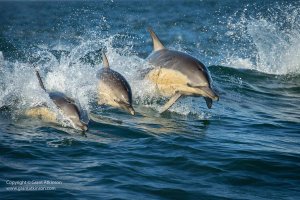Hi Haggie, perhaps it will be a good idea to rent a 70-300L IS for a few days, as you said. I must say it came as a surprize to me to 'hear' that the EF 70-300L is considered a slow-focusing lens. I have not found it so. I use mine for wildlife photography. Before the 70-300L I owned the 70-200L f4 IS and the 70-200L f2.8 IS ii. After trying out the 70-300L I was so surprized by its fast AF, and decent image quality that I bought one, and nearly always preferred it to both my 70-200L lenses, mainly because of the extra 100mm of focal length, and also because of its fast AF. I also own the EF 100-400L ii and feel that it may AF even faster. Going on how I feel the lenses focus through use, I would rate the new 100-400ii as fast as the 70-200f2.8 IS ii, over the same focal length, and then the EF 70-300L IS just behind that, and as fast as the 70-200L f4 IS if not quicker. The 70-300L is much, much faster to AF than the old 100-400l IS and lenses like the EF 300L f4 IS. I have not used the 55-250 so I cannot comment on that. I have used my 70-300L with the 70D, 7D Mk2, 5DMk3, 1DMk4, 1DX and 760D.haggie said:Thanks for your additional replies, neuroanatomist and Mikehit.
By the way, I just did find the two youtube vides I referred to earlier:
EF 70-300 L (on 550D): https://www.youtube.com/watch?v=Cp4bx3BYHFc
EF 100-400 Mk II (on 1D): https://www.youtube.com/watch?v=wxSvibXgaNs
The difference is huge ........ but maybe the body plays a role in it?
I was happy to see Dustins and Neuro's posts, as they both own the lens and use them.
I have a lot of action images with the EF 70-300L but most of the subject matter is mammals. I find it a bit too short for serious bird photos unless the birds are big and approachable.
Another thing that I like about the EF 70-300L IS is that if you retract it for storage, it is so compact that it can stand upright (with hood reversed) in my camera bag, taking up no more space than a wide angle zoom.
I attached an image taken with the lens, using a 5Dmk3.
Cheers
Grant
Attachments
Upvote
0

